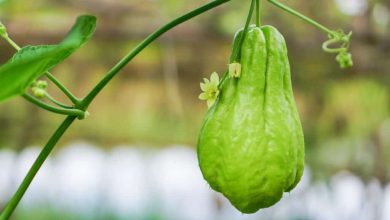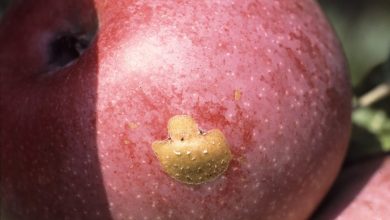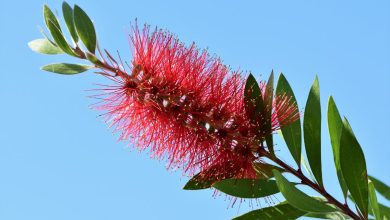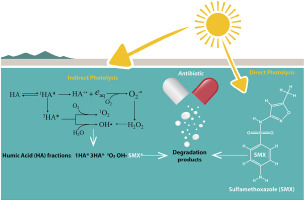Aglaonema: [Care, Planting, Irrigation, Substrate and Characteristics]
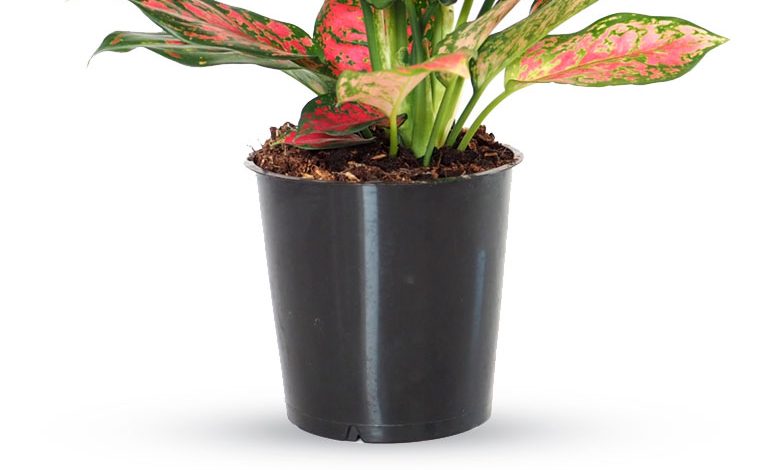
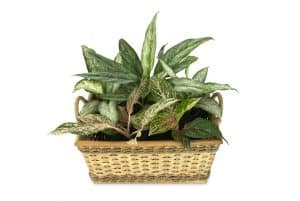 Aglaonema is the term used to describe the various varieties of herbaceous and perennial plants found in the tropical forests of Asia. Specifically, they are distributed from Bangladesh to the Philippines and the northern and southern parts of China.
Aglaonema is the term used to describe the various varieties of herbaceous and perennial plants found in the tropical forests of Asia. Specifically, they are distributed from Bangladesh to the Philippines and the northern and southern parts of China.
In a pot, indoors, it reaches a height of 60 centimeters, but in the garden it can reach 150 cm.
Its green leaves, in light and dark tones, are oval and lanceolate and its flowers develop in the form of spikes, in white and light green tones.
Their cultivation is common because they are ideal for interior decoration, and, as they are perennial plants, their cultivation will guarantee a decorative plant for many years.
Aglaonema species, some of them with different adaptability characteristics, are commutatum, costatum, crete, crispum, maria, modestum, pictum, silver bay, silver queen.
And on a smaller scale, the aglaonemas simplex, author, red, pataya and partridge.
Characteristics of the aglonema
- Botanical name: Aglaonema.

- Type of plant: Indoor plant.
- Size at maturity: 60 to 150 cm approximately.
- Sun exposure: a little light, depending on the variety.
- Soil Type: Well-draining potting soil.
- Soil pH: slightly acidic.
- Flowering time: summer.
- Flower color: White.
- Native to: Native area Asia, New Guinea.
There is controversy as to whether this plant is easy or difficult to grow.
In general, it’s easy if you follow a simple rule: the lighter the variegation, the more light it needs. Once you understand how this applies to your aglaonema, you shouldn’t have any problems.
Did you know…?Variegation or the scientific denomination of ‘Variegata’ is the appearance of differently colored areas on the leaves and sometimes on the stem of the plants, which can be due to numerous causes.
Some variegation is attractive and ornamental, and gardeners tend to preserve these cases.
The number one rule to remember for aglaonema care is to keep it warm and moist.
If you do, you’ll be rewarded with a long-lasting houseplant. It’s a great choice if you have trouble with houseplants but want colorful foliage at home.
Temperature: Where to sow aglaonema?
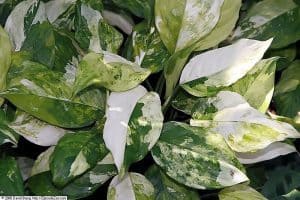 As it comes from temperate tropical climates, the Aglaonema prefers temperatures suitable for this type of climate.
As it comes from temperate tropical climates, the Aglaonema prefers temperatures suitable for this type of climate.
Thus, it is considered that the ideal temperature is 15ºC.
However, there are species of this plant, such as Aglaonema modestum, that need higher temperatures to develop.
The ideal temperature for modestum is 25ºC during the day and 16ºC to 20ºC at night.
The humidity of the environment for better conditions of this plant should be at 70%.
Luz: What needs does aglaonema have?
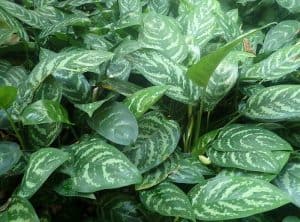 Aglaonemas need sunlight to develop and grow healthy, although this exposure must occur on a smaller scale compared to other species.
Aglaonemas need sunlight to develop and grow healthy, although this exposure must occur on a smaller scale compared to other species.
The plant should be placed in places where sunlight feeds them, but not directly, because there is a risk that its leaves will turn yellow, which would indicate that the species is in poor condition.
In this sense, there must be a balance between light and shade, light without excess and shade without darkness, because such exposures harm the plant by burning its leaves, and this damage can become irreversible.
But there are also some species of the plant, such as Aglaonema costatum, that can thrive in artificial light and even grow in places where shade is high.
Aglaonema silver queen is also perfectly suited to spaces with little sunlight.
Substrate and fertilizer: How do we prepare the land?
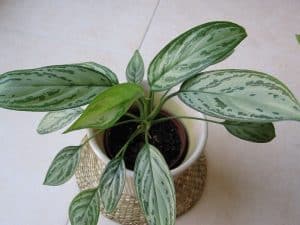 A universal fertilizer for plants is good for Aglaonema, in spring and summer, or failing that, use organic fertilizers in liquid form.
A universal fertilizer for plants is good for Aglaonema, in spring and summer, or failing that, use organic fertilizers in liquid form.
It is important to change it to a larger pot every two years, in spring, using a universal growing medium, with the idea of keeping it healthy.
Fertilizers should not be used in the compost when the plant is at rest, since the ideal moment will be when the flowering process begins.
If the environment is very dry, it is recommended to take precautions due to the proliferation of pests and bacteria, in these cases.
How to sow aglaonema step by step
- Choose a pot at least 250mm wide (or larger, depending on the size of your plant).
- Place it in a well-lit place, away from direct sunlight.
- Fill with a quality potting mix and substrate.
- Remove the plant from the container, gently tuck in the roots, and cut off any tangled or rounded ones.
- Situate in the pot and fill it with the potting mix, pressing the soil gently. After this, water well.
- Water when the potting mix is dry – insert your index finger to the first knuckle, if it is dry, water and if it is wet, let it water for a few more days.
- Feed the plant fortnightly during the spring and summer with substrate, such as worm castings or compost. These natural fertilizers promote strong root development and healthy foliage growth. It is not necessary to do this during the winter months.
Irrigation: How and how often do we water?
It is convenient to adapt the irrigation to the climate conditions where the species come from.
As these are humid climates, consequently, the soil must be moist, avoiding water stagnation.
However, there are species, such as Aglaonema creta, that do not necessarily need humidity to develop, because they easily adapt to their environments.
Watering should be twice a week, in summer, taking great care to avoid drowning due to excess water, because in this way the roots could rot.
In spring, we must water it once a week and in winter the frequency of irrigation must be reduced, taking care that it does not suffer from dehydration.
To avoid the proliferation of pests, especially insects, the leaves must be cleaned frequently, with water or with a cotton soaked in alcohol, because the chemical products could considerably harm the plant; or use a humidifier to increase ambient humidity.
Aglaonema toxicity
Beware of the fruit of Aglonema crispum, it is toxic. It’s best to avoid this variety if you have children or pets who might be curious about its small red berries.

